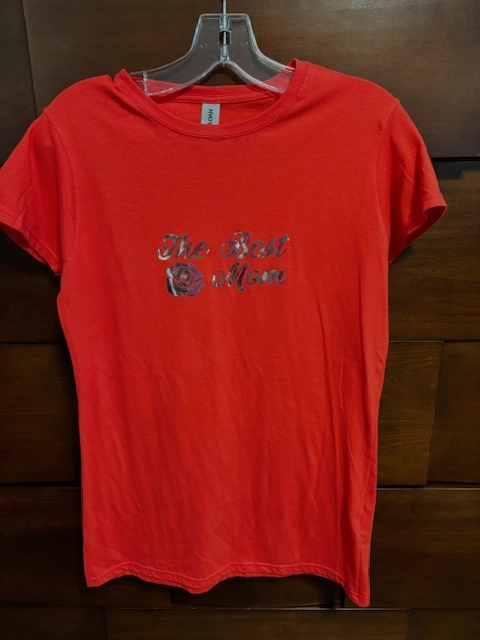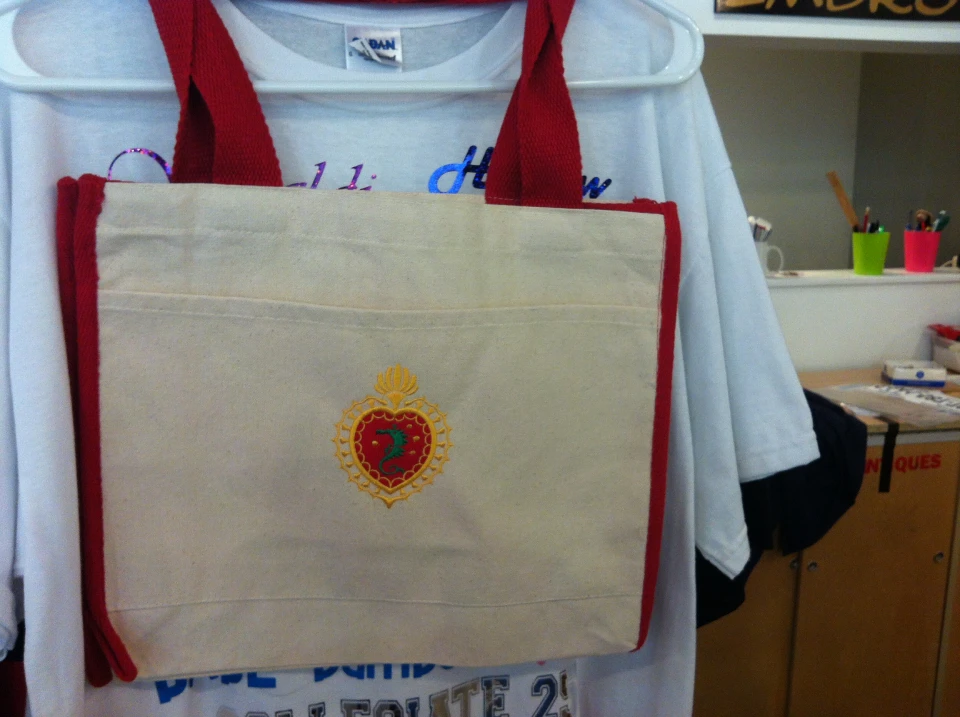The Art of Custom-made Embroidery: Unlocking the Tricks to Creating Distinct and Memorable Layouts
Needlework, a craft soaked in tradition and virtuosity, holds within its complex stitches the power to transform fabric right into a canvas of unique expression. The tricks to creating custom needlework styles that captivate the eye and leave a long lasting perception lie in a delicate equilibrium of method, imagination, and attention to detail. As we look into the world of custom-made embroidery, we discover the nuanced interaction between thread choice, stitch complexity, and style personalization that boosts a plain garment to a masterpiece. Join us on a journey with the art of customized embroidery as we unwind the mysteries behind crafting really unforgettable and distinct developments.
Picking the Right Embroidery Threads
When selecting needlework threads, what crucial variables should you think about to make sure the ideal results for your custom styles? The selection of needlework string is vital in figuring out the last outcome of your stitched layout.
Thicker strings can add dimension and structure to your style, while finer threads are optimal for intricate information and tiny text. Furthermore, thinking about the shade fastness and washability of the thread is important to ensure that your custom-made layouts preserve their quality and vibrancy over time.
Exploring Various Stitch Strategies
To look into the realm of 'Checking out Various Stitch Techniques', one must understand the ins and outs and nuances that each sewing method offers the art of needlework. Different stitch strategies not only add visual interest but also add to the general appearance and measurement of the layout. One prominent stitch method is the satin stitch, which includes very closely jam-packed parallel stitches to develop a smooth and shiny surface area, ideal for filling up in shapes and creating strong lays out.
On the various other hand, the backstitch is a functional strategy usually utilized for outlining and including fine information. It includes stitching backwards to develop a strong line of needlework. Additionally, the French knot stitch adds a tactile element to layouts, excellent for producing distinctive accents like flower facilities or ornamental touches.
Exploring different stitch strategies permits embroiderers to have fun with light, darkness, and depth within their designs, boosting the visual charm and artistic high quality of their needlework tasks. By understanding numerous sewing methods, one can unlock countless possibilities for developing special and remarkable custom-made embroidery pieces.
Incorporating Personalized Design Elements
Having discovered the complexities of various stitch strategies such as the satin stitch, backstitch, and French knot, the emphasis now moves towards integrating customized style aspects in custom-made embroidery tasks. Customized design components play a crucial role in making embroidery jobs really unique and memorable. One method to integrate personalization is by adding initials, names, or substantial dates to the design. This not only adds a personalized touch but additionally improves the sentimental value of the needlework piece.
One more method to integrate personalized style elements is by including custom made polo shirts with logo symbols or themes that hold special meaning to the recipient or show their interests and character. Including a favored flower, pet, or hobby-related icon can make the embroidery style more significant and tailored. Additionally, selecting colors that reverberate with the recipient or straighten with the intended theme can further boost the customization of the needlework task.
Understanding the Art of Color Coordination

One secret facet of shade coordination is recognizing color concept. This includes knowing how various shades engage with each various other, the feelings they communicate, and just how they can be combined to create aesthetically attractive layouts. By applying color theory principles, embroiderers can create harmonious shade combinations that boost the overall appearance of the style.
Additionally, paying interest to contrast is essential in shade sychronisation. Utilizing contrasting colors can assist certain elements of the style pop, improve legibility, and create a visually vibrant needlework item. By grasping the art of color control, embroiderers can elevate their layouts and create remarkable items that resonate with clients and customers alike.
Enhancing Structure With Advanced Needlework Stitches

French knots, for instance, are perfect for adding small, elevated dots to your style, mimicking the appearance of beads or creating a distinctive surface. Bullion knots, on the other hand, can be used to develop twisted, ropelike components that add a lavish feel to the needlework. Seed sewing entails little, scattered stitches that can load in locations with a polychromatic texture, while turkey job produces fluffy, dimensional accents similar to pet fur or foliage. Explore these innovative embroidery stitches permits you to push the boundaries of typical embroidery and produce genuinely distinct and visually attractive appearances in your designs.
Verdict
In conclusion, the art of custom-made needlework includes a mix of selecting the appropriate threads, exploring various stitch techniques, including customized design components, understanding shade control, and enhancing structure with innovative stitches. By recognizing and implementing these key aspects, embroiderers can develop one-of-a-kind and unforgettable designs that display their creative thinking and skill. Needlework fanatics can unlock the tricks to developing attractive and custom items that stand out and leave a lasting impression.